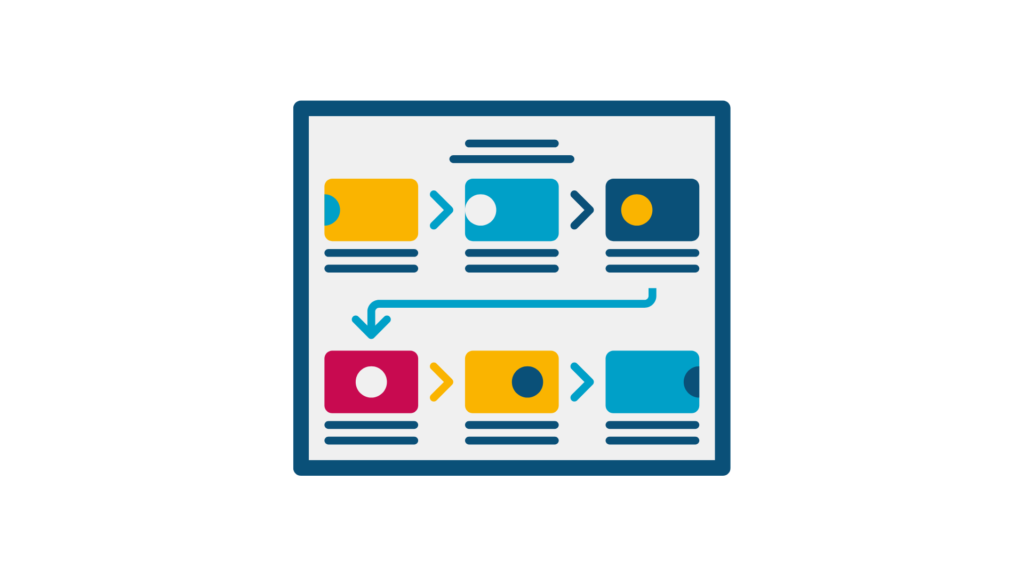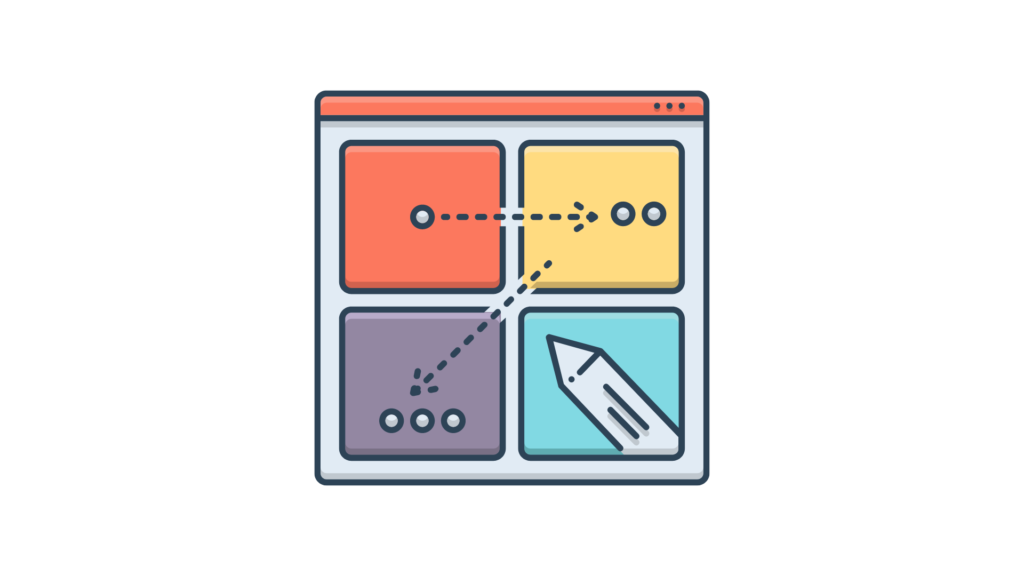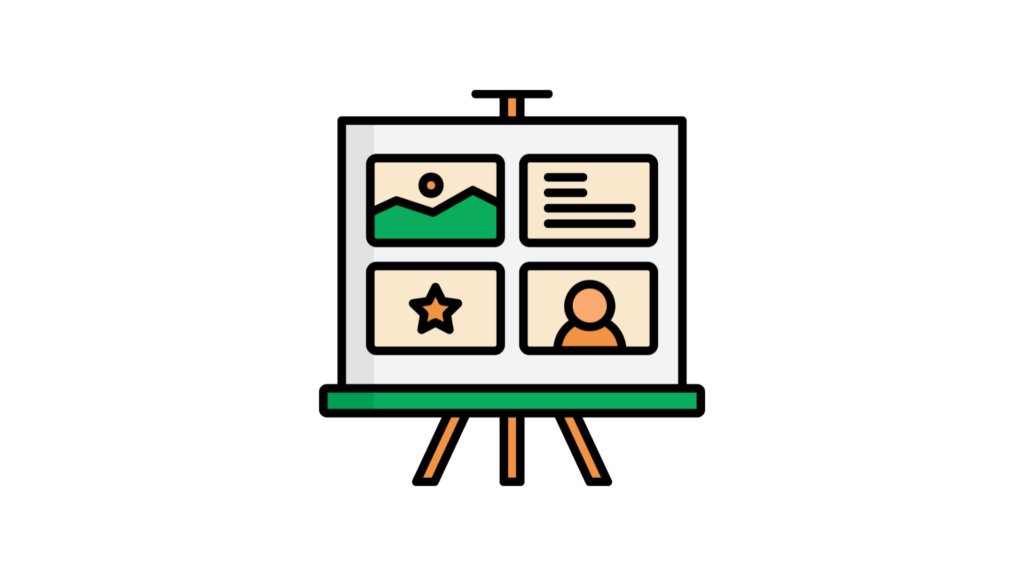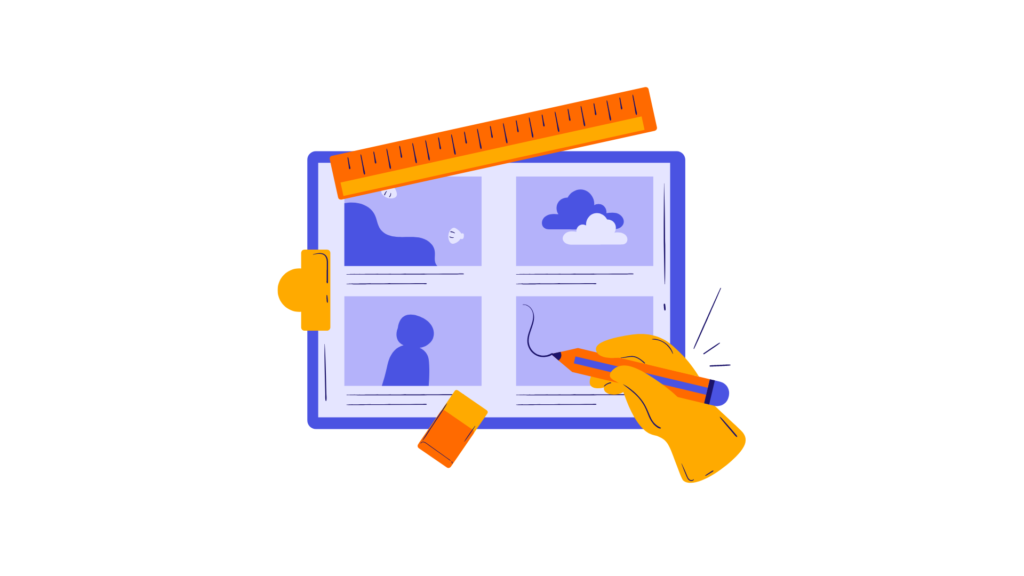
Storyboarding is an essential part of the animation process that bridges the gap between initial concepts and the final animated product. It involves creating a visual representation of the narrative, breaking down the script into a series of sketches or illustrations. These storyboards serve as a blueprint for animators, providing a clear guide for pacing, action, and camera angles. For both novice and seasoned animators, understanding the art of storyboarding is crucial to bringing stories to life. This blog explores the key elements and benefits of storyboarding in animation.

Storyboarding allows animators to visualise the narrative before the actual animation begins. By translating the script into visual panels, animators can see how the story flows from one scene to the next. This process helps in identifying potential issues in the storyline, such as pacing problems or inconsistencies in character actions. It also enables animators to experiment with different visual approaches and make adjustments early on. A well-constructed storyboard ensures that the final animation stays true to the intended narrative and delivers a coherent and engaging story.

A storyboard outlines the composition of each shot, including camera angles, movements, and transitions. This planning is crucial for creating dynamic and visually appealing animations. By sketching out each scene, animators can decide on the most effective way to frame characters and actions. This step also involves planning camera movements, such as zooms, pans, and tilts, which can enhance the storytelling. Proper shot composition ensures that the audience’s focus is directed where it needs to be, making the animation more immersive and impactful.

Storyboarding serves as a communication tool that enhances collaboration among the animation team. It provides a visual reference that everyone can understand, from directors and writers to animators and editors. By having a clear storyboard, team members can discuss and agree on the creative direction before the animation process starts. This reduces misunderstandings and ensures that everyone is on the same page. Additionally, storyboards can be used to pitch ideas to stakeholders, providing a tangible representation of the project’s vision and scope.

Investing time in creating a detailed storyboard can save significant time and resources in the long run. Storyboarding helps to identify potential problems and make necessary changes early in the production process, preventing costly revisions later. It also provides a clear roadmap for animators, reducing the chances of miscommunication and errors. By having a well-thought-out plan, animators can work more efficiently, focusing on bringing the storyboard to life rather than figuring out the sequence of actions on the fly.

The art of storyboarding is a foundational skill in animation that transforms abstract ideas into structured visual narratives. It allows animators to visualise the story, plan shot compositions, enhance collaboration, and save time and resources. Whether creating a short film, a feature-length animation, or a commercial, a well-crafted storyboard ensures that the final product is engaging, coherent, and visually compelling. For aspiring animators, mastering the art of storyboarding is a step toward creating memorable and impactful animations. As technology evolves and animation techniques advance, the principles of storyboarding remain a timeless and indispensable part of the animation process.
